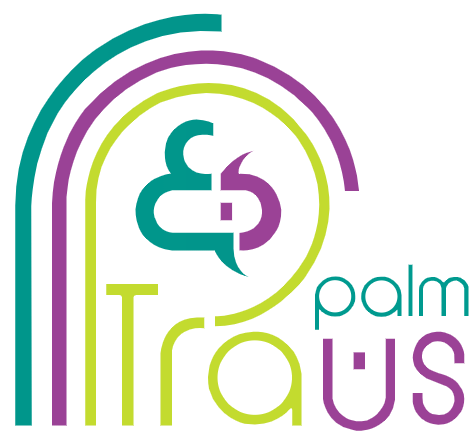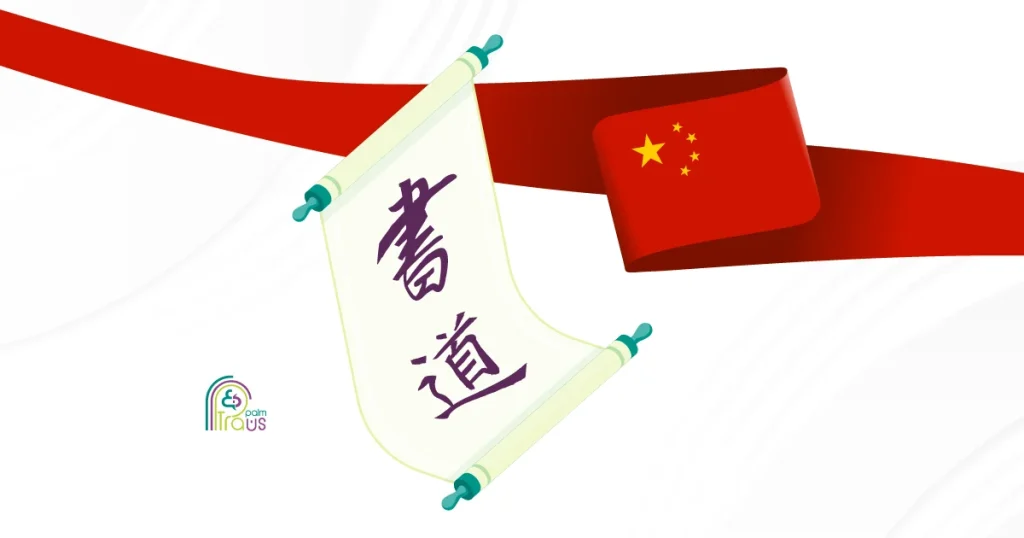The Chinese language intricately weaves threads of history, culture, and evolution together. With a legacy spanning thousands of years, it now commands global influence. But what makes Chinese language history so unique?
In this blog, we highlight diverse Chinese dialects, ancient roots of the language, intricate writing system, and its rise as a vital communication pillar.
Let’s start!
A Comprehensive Look at Chinese Language History and Its Early Development
Linguistic specialists generally classify Chinese as part of the Sino-Tibetan language family, sharing a common ancestor with languages like Tibetan and Burmese. The origins of the Sino-Tibetan languages trace back to Proto-Sino-Tibetan, a hypothetical language spoken thousands of years ago.
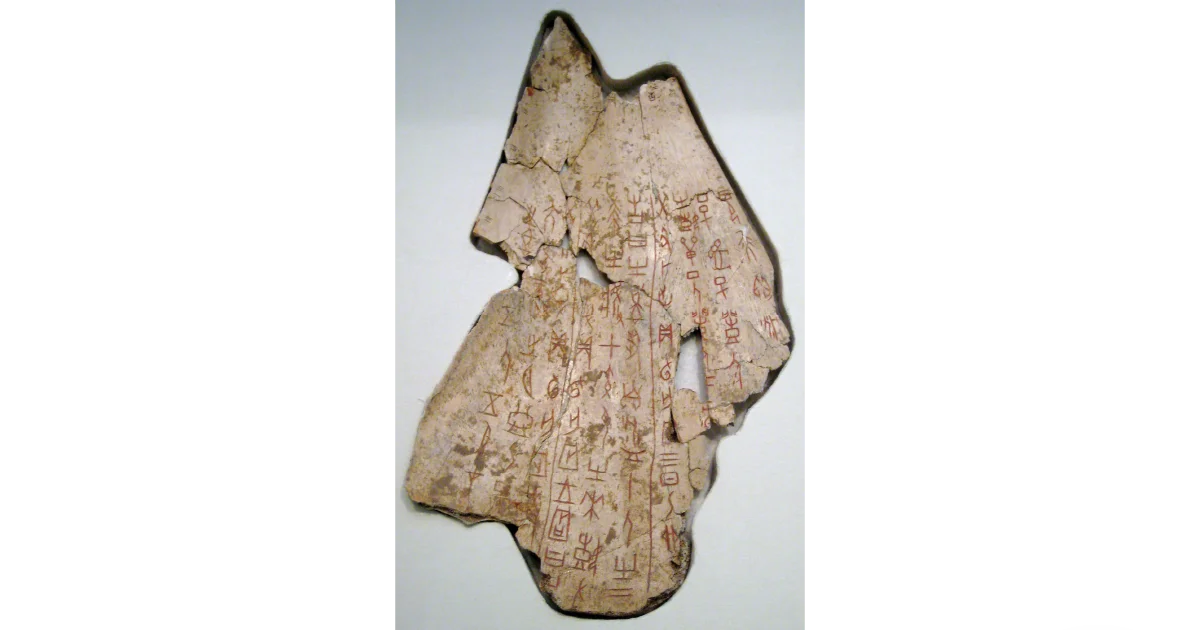
As time passed, Old Chinese emerged during the Zhou Dynasty. It was the common language of poetry, classical texts, and philosophical musings, inscribed on bronze artifacts, tortoise shells, and bones.
Middle Chinese, the language of the Sui, Tang, and Song dynasties (7th to 10th centuries), represents a transitional phase between Old Chinese and its modern variants. It influenced many of today’s Chinese dialects and offered valuable insights into the historical development of the language.
The Evolution of Chinese Dialects
China is home to remarkable linguistic diversity, reflected in the wide range of Chinese dialects spoken across the country. These regional variants are often mutually unintelligible, with differences mainly in vocabulary and pronunciation, and fewer in grammar.
Mandarin Dialect: The National Language of China
Mandarin, or Putonghua, originated in Northern China, has become the most widely spoken dialect and the basis for Modern Standard Chinese. It is recognized as the official language of Mainland China and Taiwan, adopted through government policies, media, and the elementary school education system committed to teaching it.
Cantonese: A Major Dialect in Southern China and Beyond
Cantonese, also known as Yue, is a main dialect in China, particularly in Macau, Hong Kong, Guangdong province, and Guangxi Zhuang autonomous region. Its global influence extends through Chinese diaspora communities, making it an important language for businesses targeting these markets.
Other Prominent Dialects in Use in China
- Xiang: Spoken primarily in Hunan Province.
- Min: Found in Fujian, Taiwan, Hainan, and parts of Southeast Asia.
- Gan: Common in Jiangxi and parts of Hubei.
- Wu: Predominantly spoken in the Yangtze River Delta region.
- Hakka: Spoken in southern China and Southeast Asia.
- Toisanese: Spoken in Taishan, Guangdong, and North America.
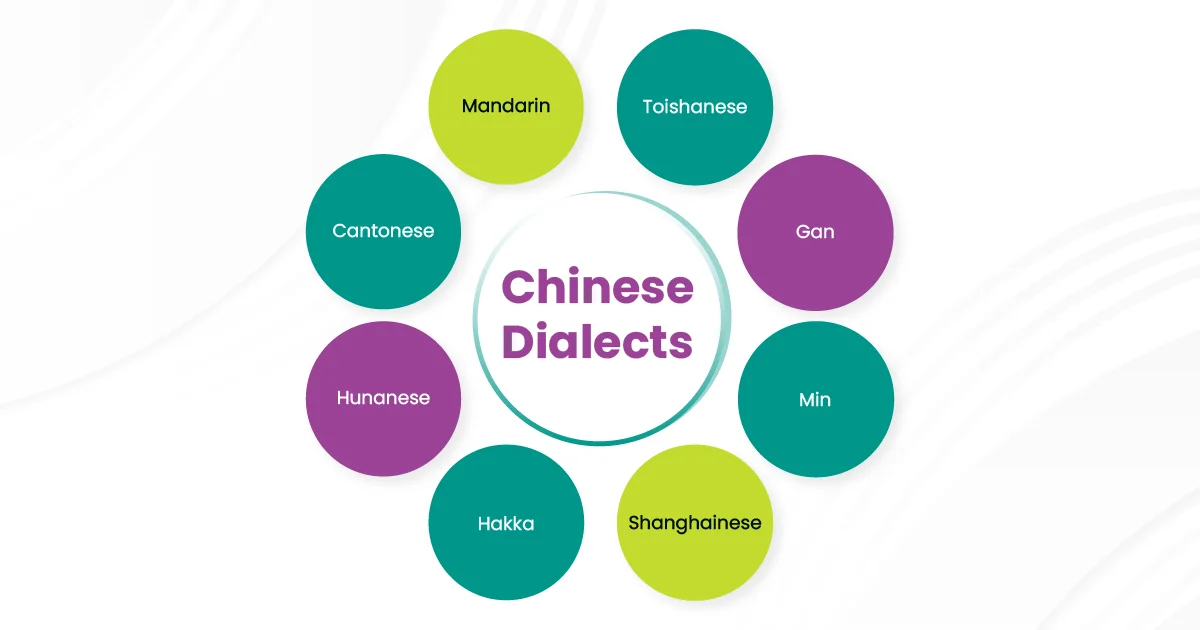
The diverse Chinese dialects can create communication challenges for businesses targeting multiple regions, potentially impacting customer service, marketing, and brand messaging. However, it also presents an opportunity to connect deeply with customers by localizing content to suit local preferences.
The Development of the Chinese Writing System
At approximately 3,000 years old, Chinese characters are among the oldest written languages in the world, Unlike the alphabetic systems of most languages, the writing system of China uses unique Chinese characters, each representing a word, morpheme, or symbol in the vocabulary, This character-based writing system has evolved over millennia, reflecting the richness of Chinese language history.
From Pictograms to Ideograms
Early Chinese characters began as pictograms and evolved into ideograms over time. This shift allowed the written language to lay the groundwork for the complex character system we use today.
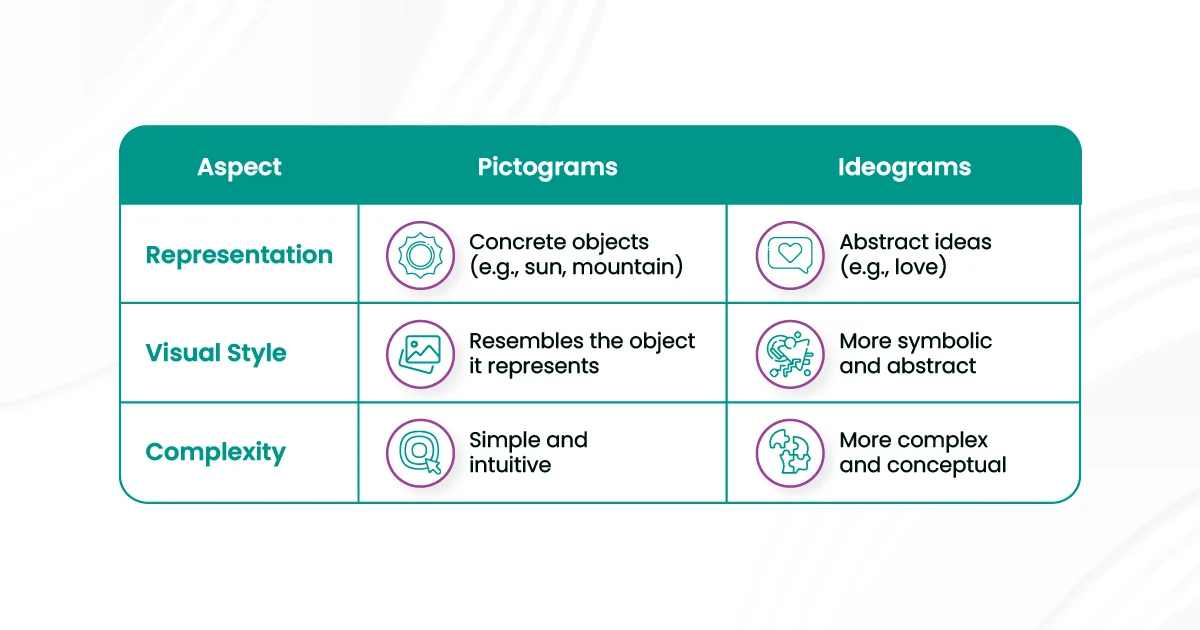
Phonetic Elements and Character Composition
Most Chinese characters incorporate phonetic elements found in the majority of written forms. These characters consist of two parts: a semantic component that hints at meaning and a phonetic component that gives clues to pronunciation.
Chinese is a tonal language, meaning that the intonation of a word, whether with a high or low pitch can change its whole meaning.
Since tones are not visually represented in characters and a single syllable can have multiple meanings based on its tone, Chinese characters can be challenging to learn.
Simplified vs. Traditional Characters
Simplified characters have fewer strokes than their counterparts in Traditional or Classical Chinese. They have existed for hundreds of years but became officially acceptable in formal writings after the founding of the People’s Republic of China (PRC) in the 1950s, as part of a contribution to improve literacy and make the written language more accessible to the general population.
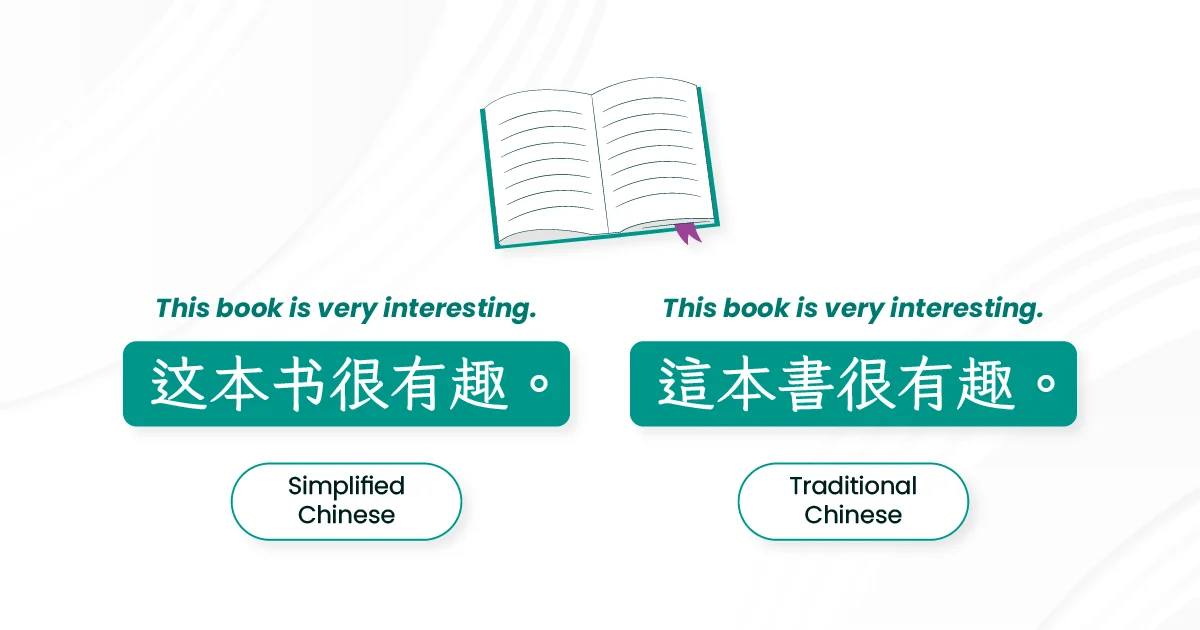
Traditional Chinese, in contrast, is the more complex form of Chinese writing used by people in Hong Kong, Taiwan, Malaysia, Korea, Japan, and other regions. Many textbooks, newspapers, and movie subtitles are written in Traditional Chinese.
Each form holds distinct cultural and practical significance, requiring specialized software and experience in character encoding and font selection.
Modern Standard Chinese and Language Reform
In the 20th century, China adopted Modern Standard Chinese as the national language to unify its diverse dialects, alongside Pinyin, a Romanization system. This linguistic reform boosted literacy and simplified communication.
Today, China is one of the global powerhouses in business, diplomacy, and culture that require Chinese translation services to drive success in this dynamic market.
Why Chinese Translation and Localization Services Matter for Businesses
Chinese is one of the most widely spoken languages in the world, making it indispensable in various industries.
Since language and culture are interconnected, understanding the complexities and nuances of Chinese is key for successful localization, as one word can hold layers of meaning, and regional variations abound.

Partnering with a professional translation agency is a priority to ensure the below criteria are met:
- Expertise in both linguistic and cultural nuances.
- Streamlined translation processes.
- Advanced translation tools.
- Proven experience with similar projects.
Scooping Success: The Effective Localization Strategy of Häagen-Dazs in China
The premium ice cream brand, Häagen-Dazs, successfully entered the Chinese market by localizing its strategy. For example, they introduced ice cream mooncakes, a gourmet twist of the traditional chinese confectionery enjoyed during the Mid-Autumn Festival, with delectable flavors that appeal to Chinese taste buds.
Beyond product innovation, Häagen-Dazs opened luxurious cafés in prime urban locations by reimagining its experience to align with local preference for enjoying dining in stylish and high-end atmosphere.

Transpalm: A Seamless Chinese Translation for Your Business
All our translators are native speakers who can translate any content into Mandarin Chinese, with a deep understanding of cultural nuances.
At TransPalm, our experts provide business translation services for a wide range of industries, including marketing, medical, finance, pharmaceuticals, and more. Let’s discuss how our professional Chinese translation services can meet your project needs.
